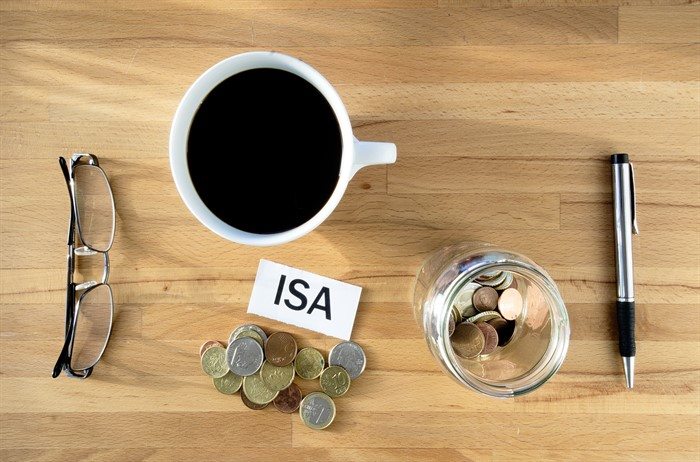Individual Savings Accounts (ISAs) have come a long way over the past 18 years, to the extent that there are now multiple versions available.
Knowing them all will not only come in useful at a future pub quiz, but could be very useful when it comes to your financial planning. With the maximum annual contribution now £20,000, there are more options than ever available to you, giving you plenty of tax-free places to keep your money.
So, without further ado, here’s everything you need to know about the current line-up of ISAs and the answer to our original question.
1. Cash ISA
This is what most people have in mind when they think about ISAs. Why? Because it’s the type most commonly used.
A Cash ISA works the same way as a traditional savings account, but with all interest being paid tax-free. You can deposit money as a lump-sum, or pay it in bit-by-bit up to the limit of £20,000 per tax year. Providing you don’t exceed the Financial Services Compensation Scheme (FSCS) limits, there is no risk to your capital. But if the interest rate doesn’t beat inflation (and at 2.9%, not many of them do) then you’ll suffer a real terms loss.
Cash ISAs are a good starting point for people getting into the habit of saving, offering a simple and straightforward account that requires little maintenance.
2. Stocks & Shares ISA
This comes in at number two on the list, being the second most popular.
Stocks & Shares ISAs are a tax-efficient way of investing, that allow you to put your money into funds and individual company shares
3. Junior ISA
The Junior ISA comes in at number three on the list and is available in both Cash and Stocks & Shares versions. As the name suggests, it’s for under 18s and has a smaller maximum annual contribution of £4,128.
A Junior ISA is a tax-efficient way for parents to save for their children with the added bonus of (hopefully) encouraging children to form a good saving habit.
That being said, whilst the control of the Junior ISA passes to the child on their 16th birthday, no money can be withdrawn until they are 18 which may be inconvenient if the funds are needed beforehand.
4. Innovative Finance ISA
Number four sees a peer-to-peer (P2P) lending option called an Innovative Finance ISA (which is rapidly becoming known as the IFISA).
These were introduced last year after P2P lending had started to grow in popularity.
P2P lending is controversial, with some insisting that it will lead to high returns ad others that it is risky and untested. Whatever your stance, it is generally accepted that it carries significantly higher risk than the other ISAs in this list.
5. Lifetime ISA
If you’re a first-time buyer under the age of 39, the Lifetime ISA (LISA) should be right at the top of your list.
Released earlier this year, the LISA is essentially a savings and investment product available to people aged 18-50. It allows you to save money for a first home, or for use in your retirement, and comes with the following conditions:
- A maximum of £4,000 can be paid in each year (which is taken out of your annual ISA allowance)
- The Government will add a 25% bonus on any money saved
- It can be used to buy a first home worth less than £450,000 or accessed after the age of 60 without incurring a penalty
The LISA is available in both Cash and Stocks & Shares options, and must be opened one year before buying a house. Any money saved in a LISA can be accessed early, but you forfeit the Government top-up plus any interest accrued.
6. Help to Buy ISA
The Help to Buy ISA was introduced in 2015 for first-time buyers. In a similar way to the LISA, a 25% top up is paid by the Government, and the basic rules are:
- £1,200 can be saved in the first month of opening, and then £200 per month after that
- A 25% bonus is paid by the Government, up to a maximum of £3,000
- The Government pays at the time of buying a house, where a Solicitor applies for the money
- The purchased house must cost under £250,000, or £450,000 inside London
So, there you have it, six different types of ISAs; offering almost everyone a tax-efficient way of saving or investing.
The wide array of ISA options means you have plenty of choice, but can also mean it is harder to make the right decision. Consider your options carefully, and if in doubt, we are here to help.






